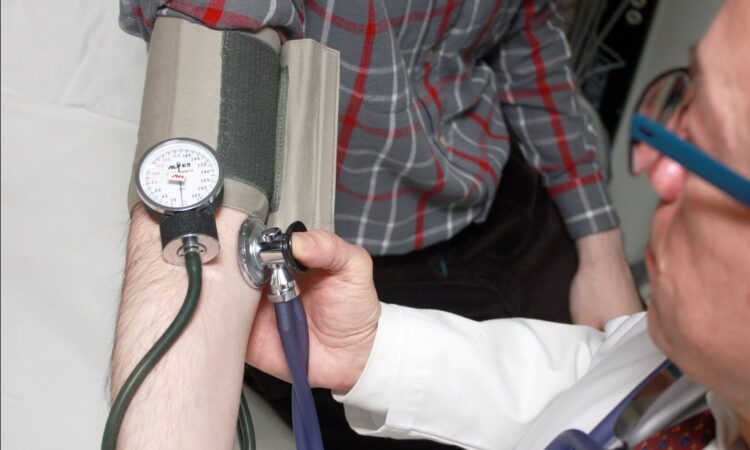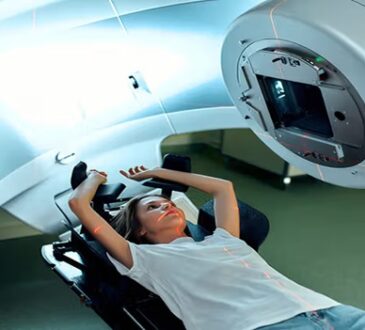
Erb’s Palsy is a condition that results from nerve damage during childbirth, leading to paralysis in the arm. The prognosis varies, with most infants recovering over time. Treatment options include surgery and physical therapy.
Emotional Impact on Families
Families facing the challenges of Erb’s Palsy may experience a range of emotions and uncertainties. Coping with the Diagnosis can be overwhelming as parents navigate the implications of their child’s condition. Managing Stress and Anxiety becomes crucial in maintaining a positive outlook and providing the best support. Building a Support Network is essential for families to connect with others who understand their journey and offer empathy and guidance.
Therapies and Treatments
Physical Therapy Options
Physical therapy is often the first line of treatment for children with Erb’s Palsy. It focuses on improving muscle strength, flexibility, and range of motion. Common physical therapy techniques include:
- Stretching exercises to maintain joint flexibility.
- Strengthening exercises to build muscle power.
- Functional training to improve daily activities.
Surgical Interventions
In some cases, surgery may be necessary to improve arm function. Surgical options can include nerve grafts, nerve transfers, or muscle releases. The decision to pursue surgery depends on the severity of the condition and the child’s progress with non-surgical treatments.
Alternative Therapies
Families may also explore alternative therapies to complement traditional treatments. These can include:
- Occupational therapy to enhance fine motor skills.
- Hydrotherapy for low-impact muscle strengthening.
- Acupuncture to manage pain and improve nerve function.
Educational Resources for Parents
Books and Articles
Parents seeking to understand and cope with Erb’s Palsy can find a wealth of information in various books and articles. These resources often provide honest answers and practical advice on managing the condition. Some recommended readings include:
- Erb’s Palsy: A Guide for Parents by Dr. Jane Smith
- Understanding Birth Injuries by the National Birth Injury Association
- Articles from reputable medical journals and websites
Online Communities
Connecting with other families through online communities can be incredibly beneficial. These platforms offer a space to share experiences, ask questions, and receive support. Some popular online communities include:
- Erb’s Palsy Support Group on Facebook
- Birth Injury Network Forum
- Specialized subreddits on Reddit
Workshops and Seminars
Attending workshops and seminars can provide parents with valuable knowledge and skills. These events often feature free consultations with medical experts and therapists, offering hands-on learning opportunities. Look for events hosted by:
- Local hospitals and clinics
- National Erb’s Palsy organizations
- Birth injury advocacy groups
By utilizing these educational resources, parents can better navigate the challenges of Erb’s Palsy and find the support they need.
Financial Assistance and Insurance
Navigating Health Insurance
Understanding and navigating health insurance can be a daunting task for families dealing with Erb’s Palsy. It’s crucial to thoroughly review your policy to know what treatments and therapies are covered. Key steps include:
- Contacting your insurance provider to clarify coverage details.
- Keeping detailed records of all medical treatments and communications.
- Seeking assistance from a patient advocate if needed.
Government Assistance Programs
Various government assistance programs can provide financial relief for families. These programs may include Medicaid, Supplemental Security Income (SSI), and state-specific health services. Important considerations include:
- Eligibility criteria for each program.
- Application processes and required documentation.
- Benefits and limitations of each program.
Non-Profit Organizations
Non-profit organizations can be a valuable resource for financial assistance and support. Many organizations offer grants, scholarships, and other forms of aid to families in need. Examples of non-profits that may help include:
- UnitedHealthcare Children’s Foundation
- The M.O.R.G.A.N. Project
- Erb’s Palsy Foundation
These organizations often provide additional resources such as educational materials, support groups, and advocacy opportunities.
Advocacy and Awareness
Raising Public Awareness
Raising public awareness about Erb’s Palsy is crucial for fostering understanding and support. Families and advocates can engage in various activities to spread knowledge and empathy:
- Social Media Campaigns: Utilize platforms like Facebook, Twitter, and Instagram to share stories, facts, and updates about Erb’s Palsy.
- Community Events: Organize or participate in local events such as walks, runs, or informational booths to educate the public.
- Media Outreach: Write articles or give interviews to local newspapers, radio stations, and TV channels to reach a broader audience.
Advocacy Groups and Campaigns
Several advocacy groups and campaigns are dedicated to supporting those affected by Erb’s Palsy. These organizations provide resources, raise funds, and lobby for better healthcare policies:
- United Brachial Plexus Network (UBPN): Offers support, education, and advocacy for individuals with brachial plexus injuries.
- Erb’s Palsy Group: A UK-based organization that provides information and support to families and promotes awareness.
- March of Dimes: Focuses on preventing birth defects and supporting affected families, including those with Erb’s Palsy.
How to Get Involved
Getting involved in advocacy and awareness efforts can make a significant difference. Here are some ways to contribute:
- Volunteer: Offer your time and skills to local or national organizations dedicated to Erb’s Palsy.
- Donate: Financial contributions can help fund research, support services, and awareness campaigns.
- Share Your Story: Personal testimonials can be powerful tools for raising awareness and inspiring others.
- Participate in Events: Join walks, runs, or other events to show your support and help raise funds.
- Contact Legislators: Advocate for policies that improve healthcare access and support for families affected by Erb’s Palsy.
Success Stories and Testimonials
Personal Stories from Families
Families who have navigated the challenges of Erb’s Palsy often share their journeys to provide hope and guidance to others. These personal stories highlight the resilience and determination required to manage the condition. Common themes include:
- Early Diagnosis: The importance of early detection and intervention.
- Therapeutic Milestones: Celebrating small victories in physical therapy and other treatments.
- Emotional Resilience: How families cope with the emotional toll and find strength in community support.
Interviews with Medical Experts
Medical professionals offer invaluable insights into the management and treatment of Erb’s Palsy. These interviews often cover:
- Latest Research: Updates on the most recent advancements in treatment options.
- Expert Advice: Practical tips for parents and caregivers on managing daily challenges.
- Future Outlook: Predictions on the long-term prognosis and potential for recovery.
Inspirational Journeys
Inspirational stories serve as a beacon of hope for families dealing with Erb’s Palsy. These narratives often include:
- Overcoming Obstacles: How individuals have surpassed physical and emotional barriers.
- Achieving Goals: Success in personal and professional life despite the condition.
- Community Involvement: The role of support networks and advocacy in their journey.




